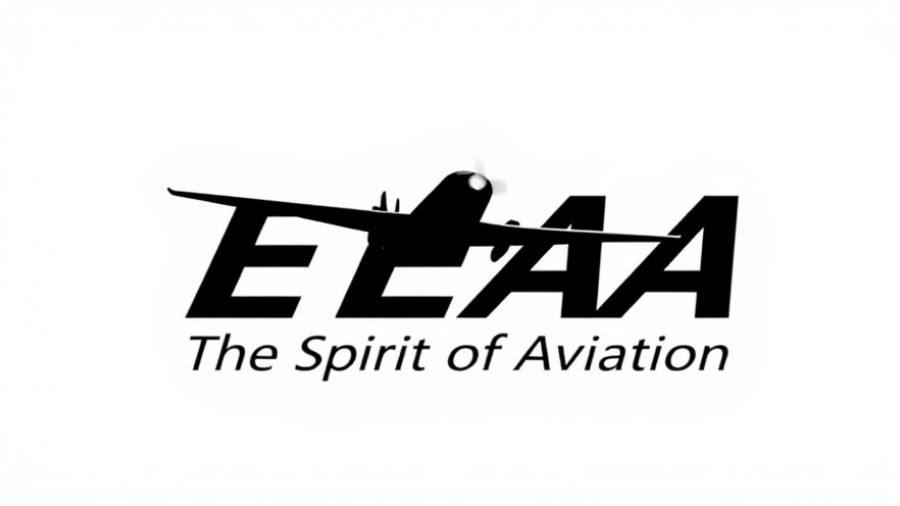
Taking Flight: Volunteer Pilots Make a Difference
In an inspiring display of humanity, volunteer pilots across the nation have come together to aid survivors of human trafficking through an organization called Freedom Aviation Network (FAN). These pilots offer more than just transportation; they provide hope and support to individuals who have faced unimaginable trauma.
A Lifeline to Freedom
Many survivors of human trafficking find their basic rights stripped away, including access to identification and safe modes of transportation. It’s here where the heroic actions of volunteer pilots become a lifeline. By dedicating their time, aircraft, and resources, these pilots are driving forces behind the freedom journeys of these individuals. They facilitate essential connections for survivors, linking them to safe housing, therapy, and job training—critical provisions that empower survivors to rebuild their lives from the ashes of their past.
Real Stories, Real Impact
The stories that emerge from FAN’s efforts highlight the profound impact of these flights. One poignant example is that of a young woman who felt trapped in her circumstances. With the help of a social worker, she sought assistance, leading to a swift rescue operation. "When I got into the clouds, I knew he couldn’t touch me anymore," she expressed after being flown to safety. This was not merely a change in location; it marked a pivotal point in her journey towards reclaiming her autonomy.
Reconnecting Families and Building Futures
In addition to immediate rescues, the network also plays a vital role in reuniting families. For one survivor, a simple flight back to visit her loved ones turned out to be a deeply meaningful occasion. She later shared that this trip enabled her to see her father one last time before his passing. These moments of emotional healing underscore the significance of the pilots’ work, as they facilitate connections that can change lives.
The Bigger Picture: A Ripple Effect
FAN embraces a powerful motto: "For the One." Each flight impacts not just one survivor but reverberates through families and communities. It exemplifies how individuals can come together to make a tangible difference. It also emphasizes the importance of community action in combating human trafficking.
A Call to the Aviation Community
As this remarkable initiative continues to grow, FAN invites more pilots to come aboard and contribute to this essential cause. The aviation community has the power to restore dignity and hope to those who have suffered from trafficking. Whether you have a plane, time, or resources to share, your help can be a turning point for many seeking freedom.
In a world where the struggles faced by trafficking survivors can feel insurmountable, the efforts of these pilots remind us that there is always hope and possibility. The skies can indeed be a pathway to a brighter future.
 Add Row
Add Row  Add
Add 




Write A Comment